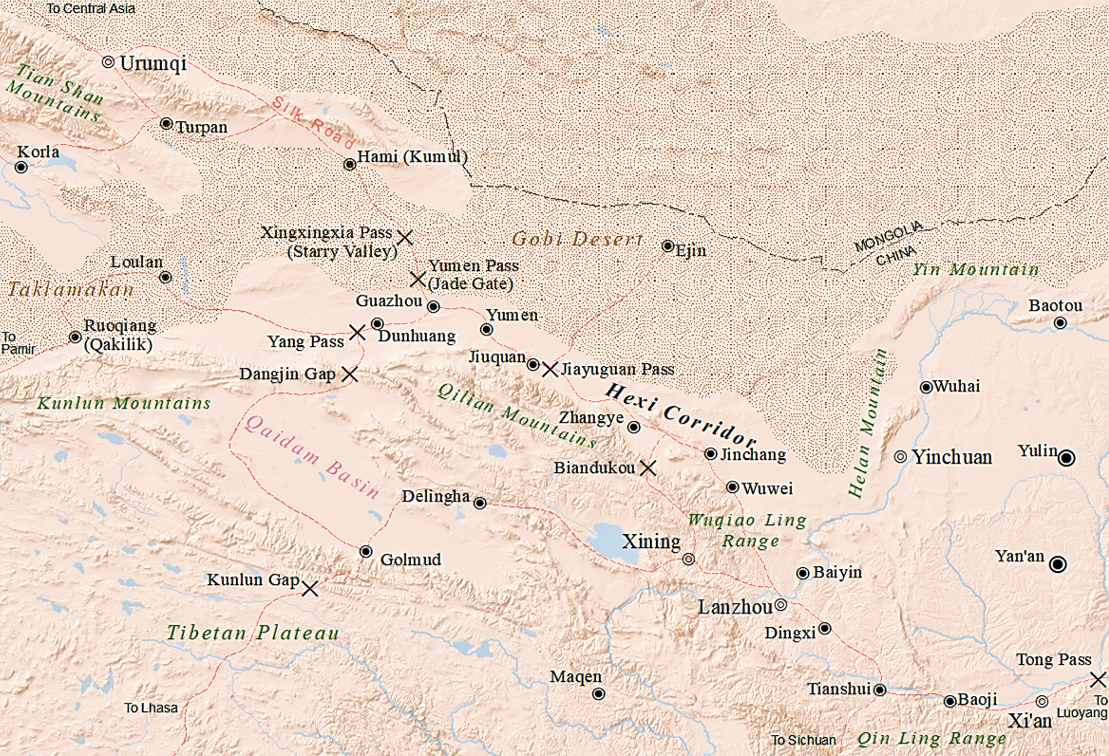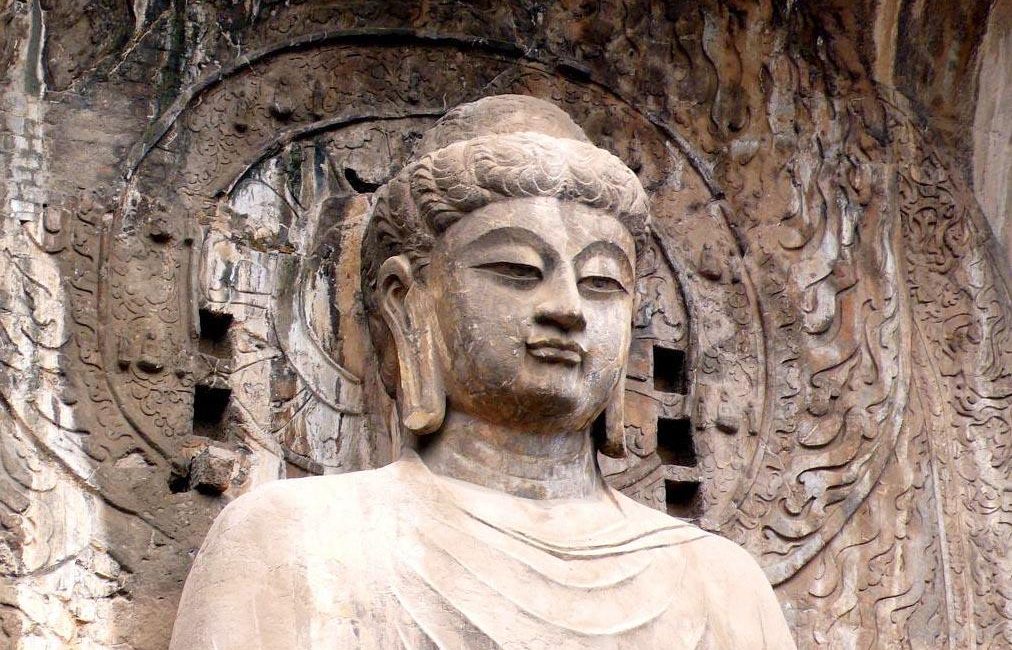Luoyang • Xi’an • Hexi
From 11–29 April, Buddhistdoor Global will be embarking on an extended field trip in China as part of its Buddhism in the People’s Republic project.
We will begin our trip with a visit to two of the Four Great Ancient Capitals. First, we will tour Luoyang, one of the cradles of Chinese civilization, since the Zhou dynasty. We will visit the White Horse Temple, the reputed first Buddhist temple in the country and the nearby Longmen Grottoes, which mark the apogee of Buddhist cave art in the Northern Wei and Tang dynasties. Our next city will be Xi’an, which was famously called Chang’an from its beginnings in the Zhou, and later became the center of esoteric Chinese Buddhism (tangmi; zhenyan) during the Tang dynasty. Associated with historical figures from Xuanzang to Amoghavajra, the cityscape of Xi’an is marked with Buddhist sites of great significance.
Xi’an was also the westward hub from which Zhang Qian opened up the Silk Road in the Han dynasty. The majority of the Silk Road in China lies in the Hexi Corridor, Gansu Province, and it is in Dunhuang where we will join friends of the Dunhuang Research Academy for a special guided tour along the Corridor. We will visit some of the representative caves that mark the diffusion of Buddhist material culture in imperial China and its multicultural periphery, including the Mogao and Yulin Grottoes. These grottoes are part of the Dunhuang area, which famously served as a crossroads of Sino-Tibetan interaction and exchange between China and many other classical and medieval cultures.

We will also be visiting locales that have been granted access by the local government to the Dunhuang Research Academy for this tour. Among them are the Western Thousand Buddha Caves (西千佛洞), Horse Hoof Temple (马蹄寺), and Bingling Temple (炳灵寺石窟). Finally, we will cross into Lanzhou and then Xining, before visiting one of the most important institutions of Vajrayana Buddhism in China, second to only Drepung Monastery in Lhasa: Ta’er Temple or Kumbum Temple (塔尔寺), where the founder of the Gelug order, Tsongkhapa, was born.
Discussions with experts Prof. Ester Bianchi and Dr. Shella Li Shen
Shaping this project are two special guests whose interviews about Chinese Buddhist teachings, art, and history will inform a renewed understanding of our visit to China. Prof. Bianchi is associate professor of Chinese Literature, Chinese Religions and Philosophy, and Society and Culture of China at the University of Perugia. Dr. Shen is postdoctoral fellow at the Department of Chinese History and Culture in the Hong Kong Polytechnic University. She specializes in Chinese art history, Sino-Tibetan interactions, Buddhist Art, and Historical Philology. Prof. Bianchi is a veteran Sinologist and a specialist of imperial and contemporary Buddhism in China, as well as Chinese Buddhist monasticism and its revival in today’s China.
From its age of antiquity to its dynastic imperium, all the way to today’s work of preservation and education through institutions like the Dunhuang Research Academy, I hope you enjoy our coverage. I look forward to sharing with you the cultural, artistic, and religious wonders of the old and new tianxia.
Related features from BDG
Devoted to Dunhuang: Speaking with Song Shuxia of the Dunhuang Research Academy
Related blog posts from BDG Tea House
Art and Culture Brought to Life: Speaking with Lucy Guan of the Dunhuang Research Academy
A Tale of Two Mascots: Lele the Mogao Guardian and the Cats at Yulin
State Sangha: Buddhism for the People
Buddhism in the People’s Republic


